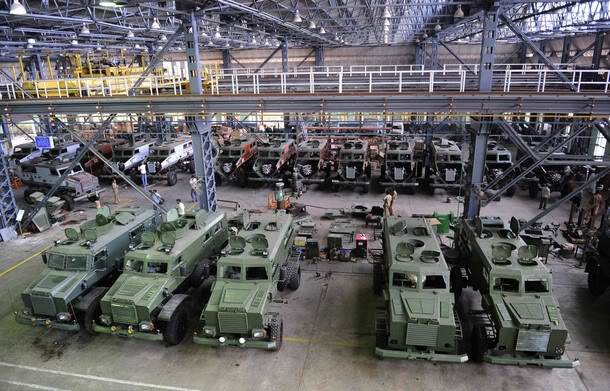India was among the top 5 military spenders in the world as per the Stockholm International Peace Research Institute (SIPRI) 2021 report. After the 1956 Industrial Policy Resolution, the defence manufacturing sector was made the exclusive prerogative of defence PSU. In 2001, however, the government allowed up to 100% participation by the private sector in the defence industry sector, and capped FDI at 26%. The NDA government first opened the country’s defence sector to 49% FDI in 2014, then to 74% in 2020, and 100% under the ‘approval route’. This was seen as a big step toward the sector’s privatisation.
It was anticipated that the opening of the sector would result in more access to modern foreign technologies. However, India’s defence industry capability highlights a different reality. Some experts attribute this dismal condition of self-reliance to the failure of public sector manufacturing in defence. The best example here is that of HAL Tejas, an idea and proposal, started in the 1980s to replace the MiG-21s, which took 33 years to get inducted into the Indian Air force in 2016.
With the Bofors scam, Jeep scandal or Rafale deal tainting the history of the defence industry, corruption concerns remain. The exclusion of private enterprise from defence production may have protected PSUs from competition, but it has also curbed innovation owing to the lack of competition. The problems with deliveries of public sector manufacturing units count as several delays, faulty ammunition, sub-standard rifles. For example, INSAS rifles often invited criticism like magazine cracks, improper loading, shells getting stuck in chambers.
Since 2001, 5000 defence MSMEs have emerged in the defence industry, and 369 defence industrial licences have been issued (as of FY 2018-19). However, India remained the biggest importer of arms between 2017 and 2021. A move towards private participation in the defence sector is likely to have multiple benefits.
Reduction in Defence Expenditure
India allocated ₹5.25 lakh crore for military spending in this union budget of 2022-2023. The share of the defence budget stands at 13.3% of the total government expenditure. This share can be reduced if doors to the private sector are opened. How does the private sector reduce cost? Through competition. If we take the example of the United States, multiple companies produce the same equipment, such as Boeing, Lockheed Martin, General Dynamics and McDonnell Douglas. This has created competition between them for pricing and quality, further strengthening the United States’ image as reliable defence manufacturers.
R&D and Innovation
Research and development play a crucial role in the survival of private players in the market. They have to constantly innovate to stay relevant to the changing demands of a competitive market. Private companies have to maintain quality standards to remain in competition. In India, Ordnance units are accused of producing faulty and poor quality ammunition.
Boost Export Opportunities
Surplus production, achieved through combined efforts of the public and private sector, will open doors to the global market. It would allow Indian companies to set up joint ventures with foreign companies, gaining access to modern foreign technologies. Private firms will have the incentive to attract defence deals from different countries, which will help increase exports. Increased exports would also establish India as a major military power worldwide like USA and France with whom all the countries would be willing to keep strong defence ties. In this pursuit India has set the target of exports of 35000 crore by 2024 which stands at 8,434 crore in 2020-21.
Despite these advantages, there are some apprehensions regarding privatisation. These include security concerns. It is a challenge to protect sensitive data when it goes to a private company. There are some examples where private defence companies compromised sensitive information for money. Critics could argue that privatisation can reduce control as companies may sell weapons to customers who are not aligned with India’s national interest. Such concerns can be combatted through careful and robust regulations.
However, the private sector must be considered a stakeholder in attaining Aatmanirbhar Bharat. Privatisation of the defence sector is the need of the hour to improve India’s military industry capability, self-reliance quotient, design capability in critical systems and quality, time and cost-effectiveness. India can foster this by giving certain elements to the private sector like manufacturing handle gliders, parachutes, optics, components and ancillaries, and products designed for troop comfort. The same has been outlined in India’s new import policy which restricts import of 101 defence items to give boost to indigenous firms and private sector as a partner in India’s quest for higher self-reliance.
Privatisation of the defence sector does not necessarily mean the removal of State-owned companies. Private players may still not be trusted with most sensitive technologies such as missile technology.
Read more: Forest Rights Act: Implementation Across States
Post Disclaimer
The opinions expressed in this essay are those of the authors. They do not purport to reflect the opinions or views of CCS.






